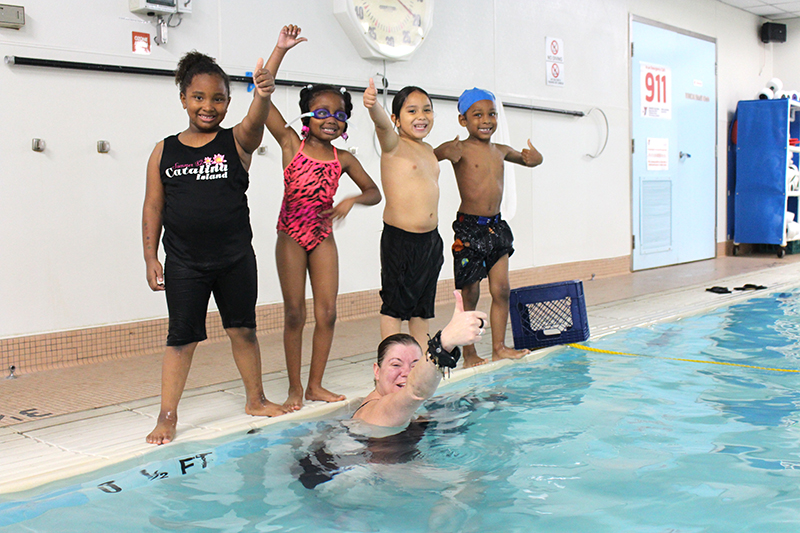The Stigma Around Water: A Swim Lesson Story
The Statistics
According to a recent national study conducted at Ys by the USA Swimming Foundation and the University of Memphis:
- 64 percent of Black/African-American children cannot swim
- 45 percent of Hispanic children cannot swim
- While only 40 percent of Caucasian children cannot swim.
75 youth from Buchanan YMCA’s John Muir After School Program started a complimentary swim program this winter at Embarcadero YMCA. This after school program was identified by Jen Hughes, the Director of Teen Programs at Buchanan YMCA and La Saundra Owens, John Muir Community School Beacon Director at Buchanan YMCA, specifically because of the above statistics. 80-90% of these kids had never experienced swim lessons before.
The Barriers
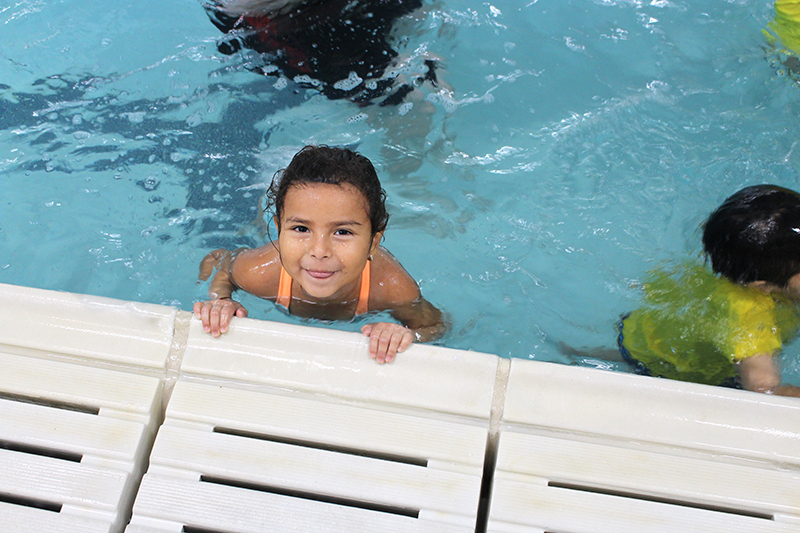
The John Muir Elementary School in the Western Addition community of San Francisco does not have many options to access affordable pool time or water safety lessons.
“Some of these kids had some major fears of getting in a pool,” recalls Jimmy Beckland, the Aquatics Director at Embarcadero YMCA.
“‘What if I drown?’ they would ask. I would hear them boast to their friends ‘I’m soo ready’ and then as they got to the edge of the water, they would be really scared and not able to get in.”
Beckland witnessed a lot of stigma around the water, which is why he was so motivated to to teach these kids how to swim. Because of the lack of water experience, many of these children also didn’t have access to true bathing suits.
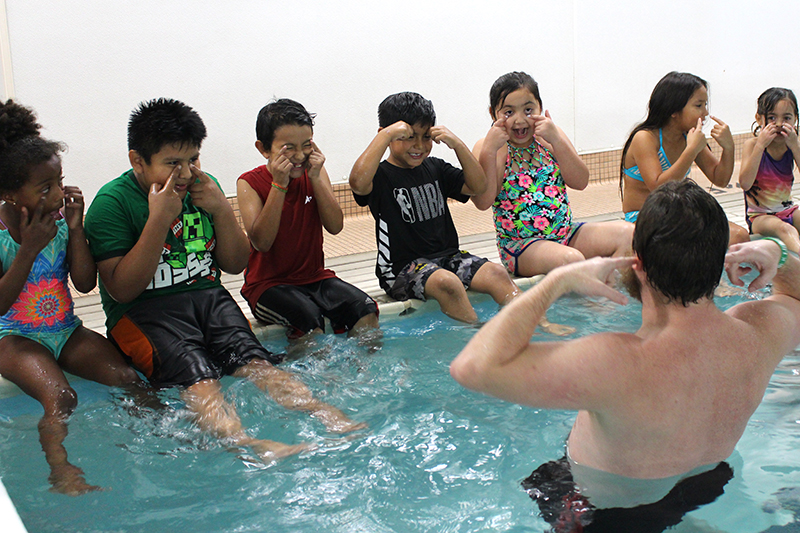
The Incentives
“Swimming was a great energizer and motivator for our youth as something really cool and exciting we offered them at the end of the day,” reflects Hakim Edwards, a program coordinator for ExCEL.
“A good majority of our youth have really long days with us starting at 7:00 am and ending at 6:00 pm. So swimming was something they looked forward to greatly,” said Edwards.
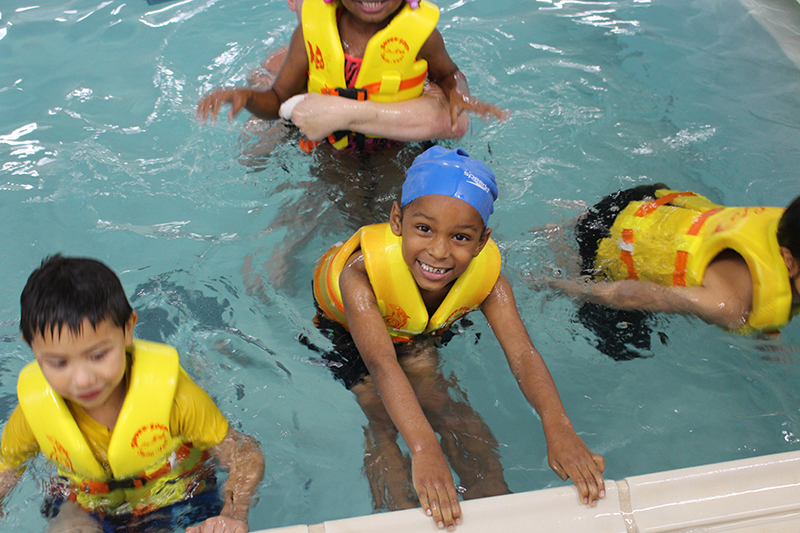
Focusing on Family
These YMCA program participants were not the only ones positively affected by the swim lessons. The lessons are affecting their families too.
Beckland remembers one mother who approached him after the day’s swim lesson was over. She said, ‘I have been thinking about getting into swim lessons myself.’ This is the ripple effect of teaching kids out to swim.
The USA Swimming Foundation study shows that if a parent does not know how to swim, there is only a 13 percent chance that their child will learn how to swim. When adult role models fear water, or have been negatively impacted by the above experiences, their comfort level with swimming is passed down to younger generations. Source
“Swim lessons make a positive impact on the safety and health of our communities,” says Beckland. “Knowing how to swim is a skill that more and more people are learning. At the Y, we want to teach the whole family how to swim.”
Appreciation and Thanks
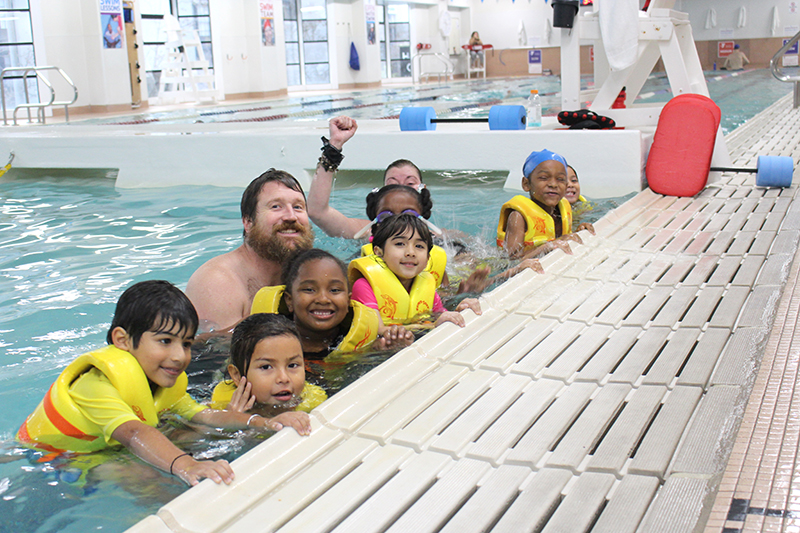
Jen Hughes concludes:
“We are so thankful to have partnered with the Embarcadero YMCA's Aquatics Department. They made this opportunity possible by donating their space and staff time to subsidize what our YUSA funding did not cover. This allowed our families to participate in this multi-week program without any financial barriers.”
